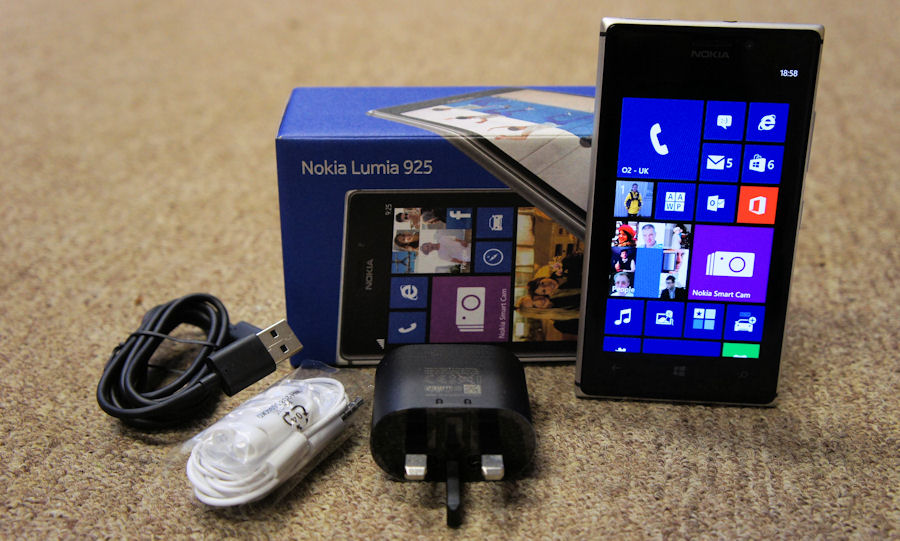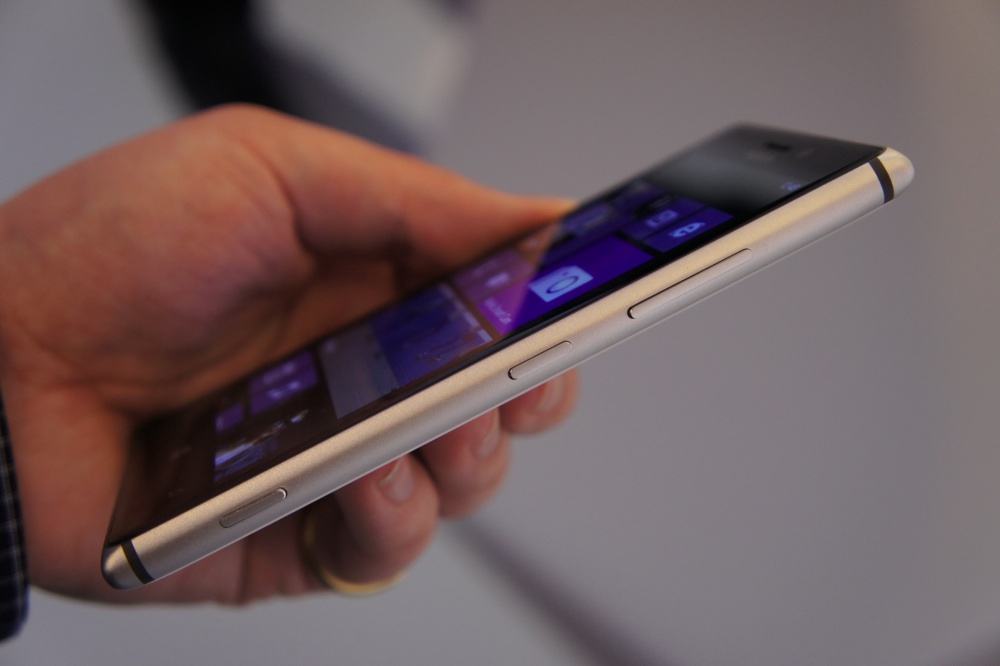Trust in your smartphone is very much a personal area, but it is something that manufacturers and suppliers constantly work to improve. Unlike a specifications sheet which can clearly label a winner in terms of memory, processor, or screen size, trust is an intangible quantity that has to be built up with each individual user.
It's also something that can easily be lost. When your own phone starts to let you down, be it through poor connectivity, a lack of applications, loss of data, or any one of a hundred small issues that can upset what someone thinks of their handset, the trust is gone. With two year long contracts, losing trust in your handset can be depressing, with months, if not years, to go before the contract ends and you can buy another phone. After 'there's a new model' I'm sure that 'fallen out of love with a handset' is a huge driver of in-contract upgrades.
When I needed to grab a handset that I trust for my week in the Ukraine, I found myself reaching for the Lumia 925.

Let's start with the camera, because this shows not only the trust that hardware can build up in a handset, but also across a brand name. The Lumia 925 camera can be taken out of my pocket, opened with the shutter button, focussed (much to Steve's disbelief), and the picture taken. I just know that the picture taken is going to to be of good quality. That is trust right there, and it has built up over my time with the handset, and with Nokia as a manufacturer.
That trust in imaging also carries over the whole Nokia Lumia range. Nokia makes good camera phones, that can almost be written as a truth that is universally acknowledged. This isn't a Windows Phone thing, because HTC does not generate the same level of trust that Nokia does, not at the 8X vs 925 levels, and definitely not at the 8S vs 520 level. If you want to trust a camera phone, Nokia is the one I, and many others, trust.
Individual features that make a difference to someone's life also build up trust in a handset. Nokia has invested heavily in HERE Maps, to the point where they want people to buy on the strength of the mapping solution, or at least have it make up a significant part of the buying decision. Why? Because people who use it know that it works, they know the accuracy of the data, and they know it is continually being improved.
Windows Phone as an operating system also has my trust. The almost bullet proof nature of the OS means I have rarely seen it crash. Once or twice this year the lock screen on my older Lumia 820 has run slowly, but a tap of the power button to put the phone in stand by mode meant it sorted itself out perfectly. This is what I need - if start to use the phone, I need it to be there and ready, with all of its functions ready to be used. This is trust. THe hardware trust in the 820 has carried on to the 925.

Building up trust in software is not easy though. This is one reason why the flawed release of Instagram is still notable and newsworthy, because just having the name builds up trust in the software. When asked in the shop does it run 'X', invariably the popular social media networks will be some of the more popular apps asked for. To be able to know that 'Instagram?' can now be answered with a 'Yes!' gives someone looking at the platform the confidence that their favourite apps (or functions) will be found on new Windows Phone hardware.
That's why a focus on the volume of apps in the Windows Phone Store was pushed until the psychological 100,000 marker was broken, and then the PR efforts switched to the message that the 'major applications' were all available. Both of these strategies had a significant impact on people's perceptions of Windows Phone. The app-focused smartphone world needs the trust of a user that the applications they want will be available on whichever phone they buy.
This is probably the area where trust in Windows Phone is at its lowest for many people. Applications are a key part of the experience on Android and iOS (and in many cases the biggest selling point is not the operating system but the third party app system). Even at the launch of Windows Phone 8, the ecosystem for Microsoft's mobile OS was lagging in the big ticket items. Now, just over a year later, with the arrival of the likes of Instagram and Vine (and the associated publicity), the process of building the general public's trust in the software catalogue of Windows Phone is well under way.
When I have trust in a handset, I am more confident in using it, I will push the envelope, and I will be happy to promote the phone to friends and family. It is an incredibly positive emotion. While manufacturers and networks undertake promotions, it's not just the intial sale and the price they need to establish, it's proving to the potential customers that they will be able to trust their handset.
